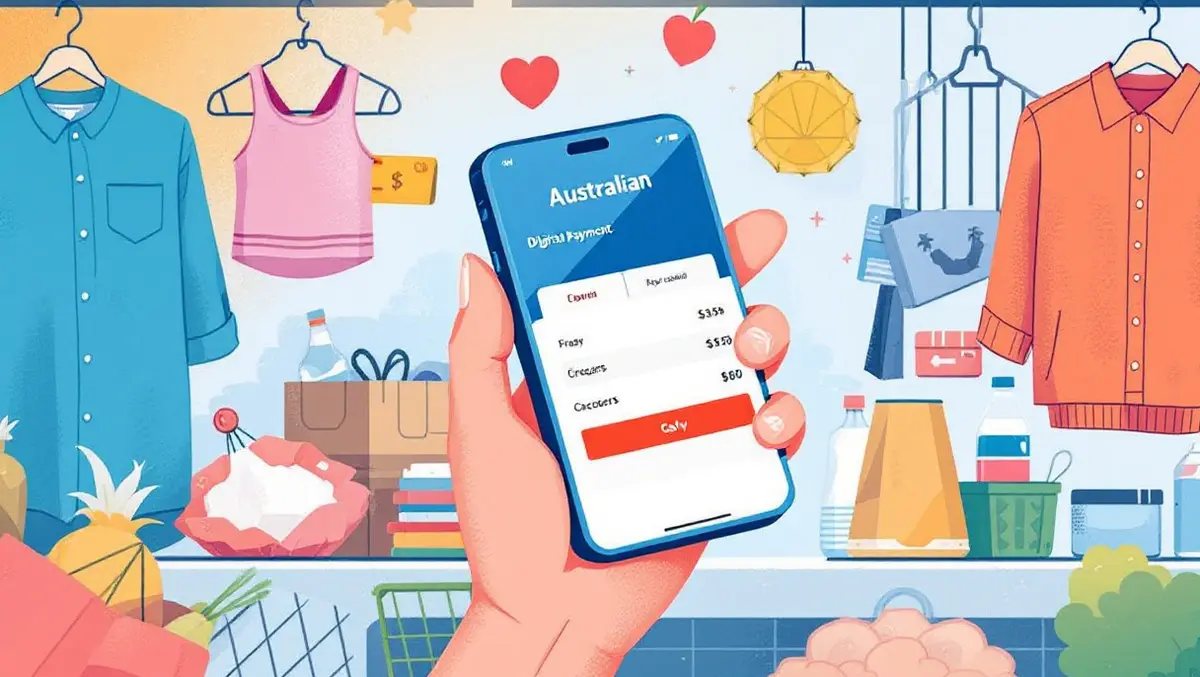
Digital payments have flipped the script for Australian consumers
Digital payments have 'flipped the script' says payments leader, Worldpay, in their newly-released Global Payments Report 2025.
Categorising 'digital payments' as digital wallets, account-to-account(A2A) and Buy now pay later, Worldpay finds that collectively digital payments have stolen the crown from the traditional methods of cash and cards, growing from 34% of global eCommerce value in 2014 to 66% in 2024.
The digitisation and innovation of payments has changed the landscape not only across the globe, but across verticals. Consumer payment preferences are evolving at breakneck speed, including in areas that typically relied upon more traditional methods, like financial services.
The financial services industry has experienced a payments transformation in the last decade. What was once a slow, manual and sometimes frustrating payments journey is becoming a faster, more convenient, and secure experience.
While traditional payment methods like cash and checks are still common in financial services, digital and A2A payments is expected to become more widely adopted. Valuing speed and convenience, many modern consumers expect payments to happen in real time, whether they're sending money to friends or receiving an insurance payment. The financial services customer is starting to have the same high expectations they have making financial transactions as they do when shopping for clothes or paying for a streaming service.
Let's look at what this means across the digital payments realm...
Digital wallets
As the smartphone evolved to be the command centre for consumer shopping, it's unsurprising that digital wallets enjoyed astronomical growth over the past decade, growing tenfold in global transaction value from $1.6 trillion in 2014 to $15.7 trillion (USD) in 2024.
Digital wallets' share of e-com value nearly doubled from 21% in 2014 to 39% in 2024, while increasing over 9X from 2% to 19% at POS during the same period. Worldpay projects that by 2030 digital wallets will be Australia's leading payment method with 51% of e-com and 38% of point of sale (POS) transaction value.
Instant payments
In Australia, A2A payments currently make up only 4% of eCommerce payments (16% for financial services), but this is set to almost double looking ahead to 2030 (to a projected 7%). New Zealand already has 9% of eCommerce transaction value conducted via A2A.
A2A – also called 'real-time' or 'instant' payments – are gaining popularity globally, with governments building payment systems and networks to bolster growth. For example, A2A has revolutionised some markets previously dominated by cash, boosting financial inclusion.
Real-time systems go beyond institutions, with stakeholders including banks and financial technology companies building, expanding and innovating in this space.
"What's interesting is the projected increase in usage of digital wallets and projected rise in adoption of account-to-account by consumers" says Paul Koopmans, Worldpay's Vice President of Commercial for ANZ. "More Australians are choosing these payment methods, over cash, due to convenience and this is transforming how money moves."
With the benefits it brings to merchants – such as faster settlement speed and lower cost of acceptance – Worldpay expects A2A payments to expand both geographically and across verticals from financial services to restaurants to retail.
- More than 20 of the 40 markets assess in the Global Payments Report have launched successful fast payment systems in the last decade, including BLIK in Poland, Vipps in Norway, Wero across Europe and NPP in Australia.
- By 2030, total A2A transaction values are projected to reach nearly $3.8 trillion.
Buy now pay later
Australia has always been a global leader in BNPL due to the popularity of the likes of Afterpay, Zip and Klarna, with adoption hitting 15% of transaction value for e-com in 2024. Whilst growth has slowed, Worldpay predicts stability to 2030, as regulations tighten.
As digital payments like those mentioned above continue to evolve, the Worldpay Global Payments Report serves as a vital resource for understanding these trends and equipping merchants with insights across 40 global markets.
Marking the 10th year of GPR, 2025's edition focuses on the past, present and future of payments. More than 67,000 consumers were surveyed for the report to understand current trends and forecast coming ones in the payments landscape.

